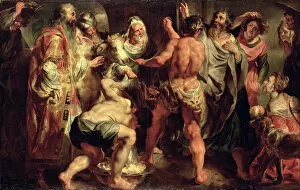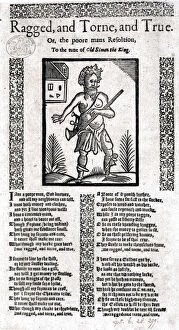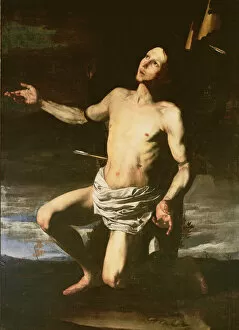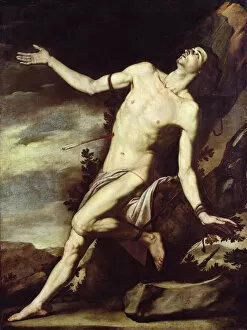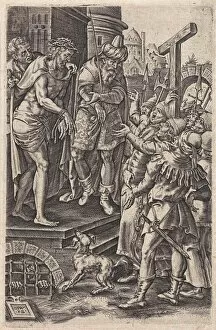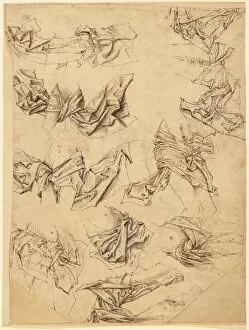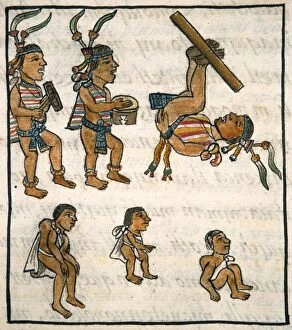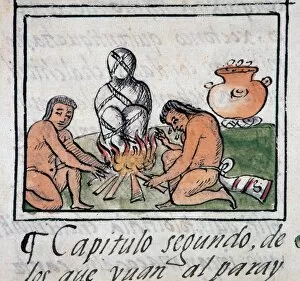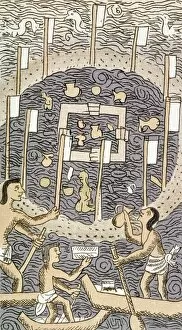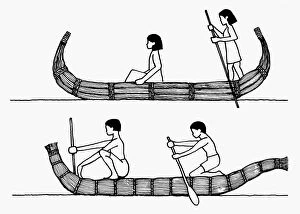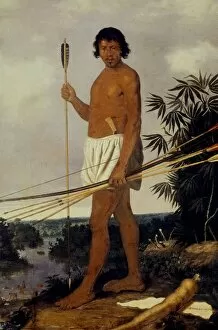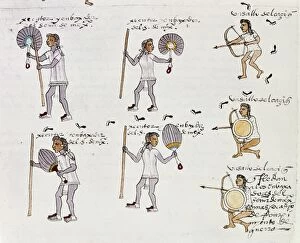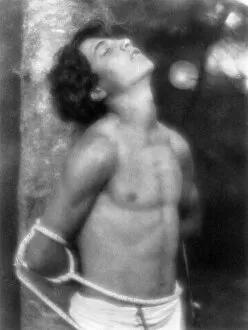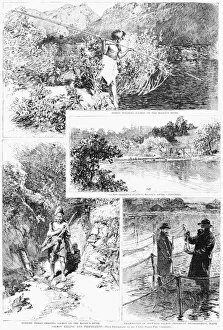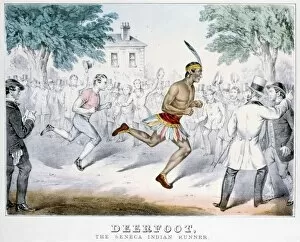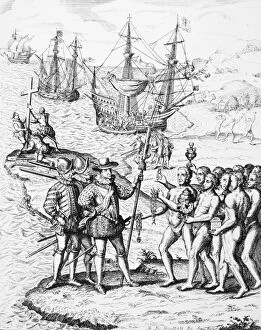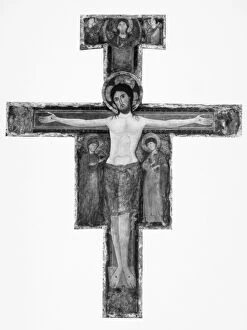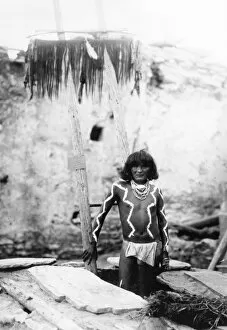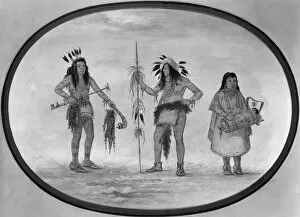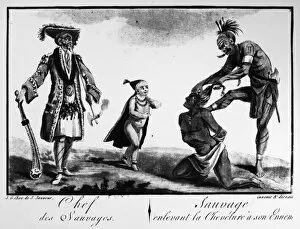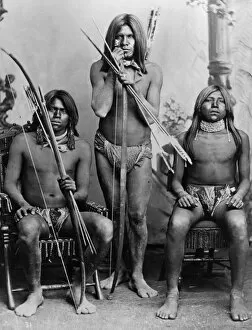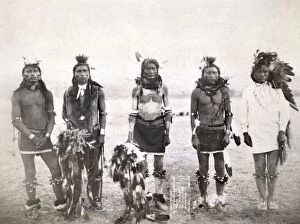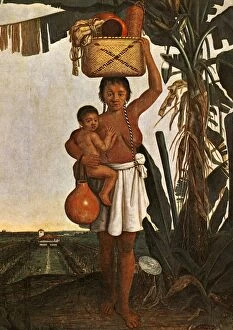Loincloth Collection (#12)
"The Loincloth: A Symbol of Cultural Identity and Resilience" Throughout history, the loincloth has been a garment that transcends time and continents
For sale as Licensed Images
Choose your image, Select your licence and Download the media
"The Loincloth: A Symbol of Cultural Identity and Resilience" Throughout history, the loincloth has been a garment that transcends time and continents, representing various cultures and their unique traditions. From ancient Aztec warriors to indigenous tribes in South America, from religious figures depicted in European art to native fishermen in Hawaii, the loincloth holds a significant place in humanity's diverse tapestry. In Barburdar or punkah wallah communities of India, where men served as fan bearers to keep their masters cool during colonial times, the loincloth was an essential part of their attire. It symbolized both humility and resilience as they endured harsh conditions while fulfilling their duties. Artistic masterpieces like Guercino's "Saint Sebastian" or Hendrick ter Brugghen's "The Crucifixion with the Virgin and Saint John" depict religious figures draped modestly in loincloths. These artworks not only showcase the artists' skill but also highlight how this simple garment can convey profound messages of sacrifice, devotion, and vulnerability. Traveling across continents brings us to Hawaii where native fishermen relied on spears and nets for sustenance. Clad only in loincloths, these brave individuals ventured into treacherous waters embodying strength and connection with nature. From South Africa's Khoisan people donning animal-skin loincloths to Yanomami tribe members navigating through dense jungles clad similarly; these garments represent cultural heritage passed down through generations, and are symbols of identity that connect individuals with their ancestors' wisdom and teachings. Even beyond tribal contexts, historical photographs capture moments such as Apache Medicine Men performing sacred rituals or Veddah men wielding bows and arrows on Ceylon Island (now Sri Lanka). In each instance, the loincloth serves as a reminder of tradition preserved amidst changing times. Java Island showcases yet another facet of this versatile garment.



